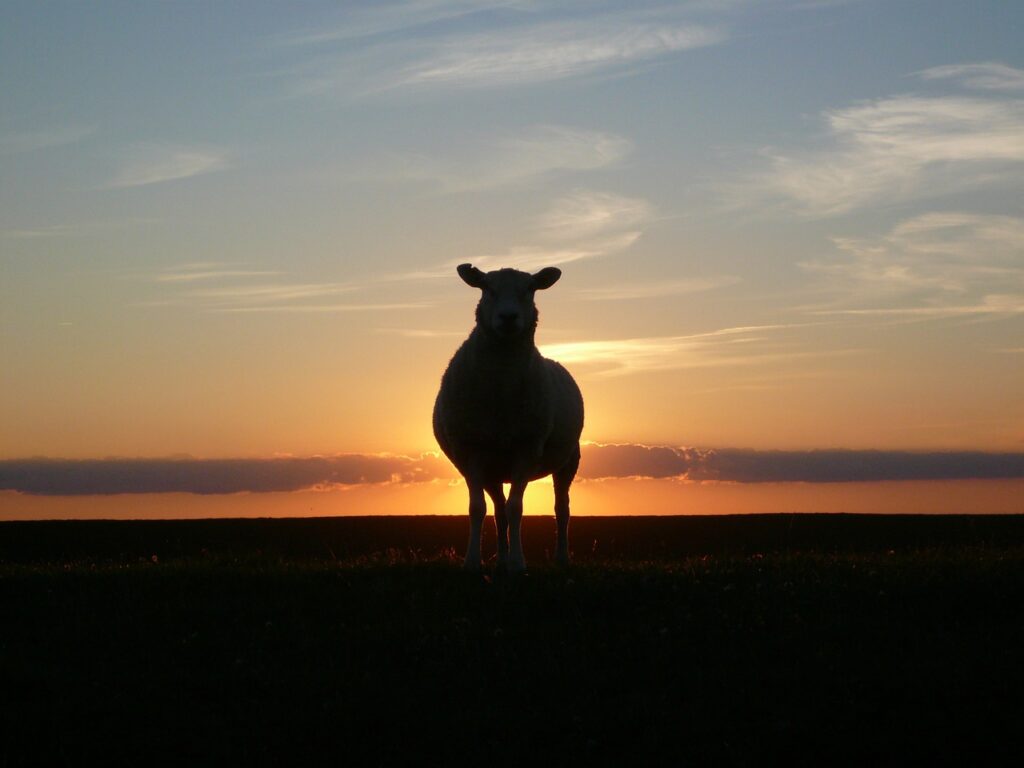
When managing livestock wounds, especially superficial ones, should you wrap them or allow them to “air out”?
While, in the past, the course of action you took might have come down to personal preference (maybe you’ve had good luck leaving it be or keeping it wrapped), wound location (not all are easy to bandage), or other extenuating circumstances (raise your hand if you’ve ever run out of Vetrap), researchers are working to determine whether one option is better for managing wounds than the other.
There’s still a long way to go before the experts can make recommendations about what’s better. Bandaged leg wounds don’t necessarily heal better or faster, but they do follow a different path than ”un”bandaged wounds. Because most bandaged wounds develop exuberant granulation tissue (soft, inflamed, moist tissue also known as proud flesh), they take about a week longer to heal than the “un”bandaged ones. Bandaging does seem to keep additional environmental bacteria from contaminating wounds, though. As expected, leg wounds take longer to heal than body wounds: “un”bandaged leg wounds take an average of 83 days to heal, compared to body wounds healing in an average of 62 days.
Essentially, limb and body wounds have physiological differences that help explain why most limb wounds take longer to heal than body wounds. For instance, limb lacerations have a longer inflammatory phase (excessive inflammation can delay healing), poor contraction (the better the contraction, the smaller the scar) and epithelialization (when new skin cells close the wound), and tend to develop more proud flesh than body defects.
Ultimately, the course of action comes down to your personal preference but research is being done to determine what is best for managing wounds, future recommendations, at this point, are in sight.
Information gathered from Marcio Costa, DVM, PhD, an assistant professor in the University of Montreal Department of Veterinary Biomedical Sciences, in Canada.